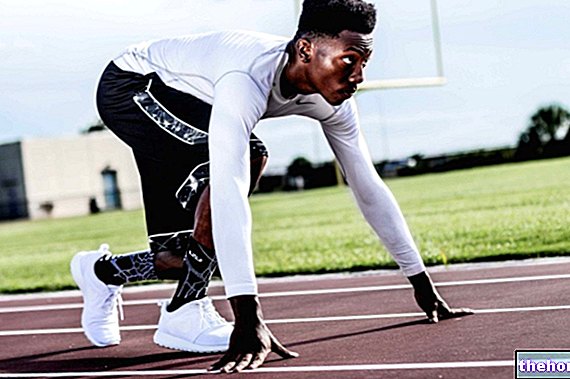Edited by Doctor Maurizio Cancenda
Summary
In the article, the Author exposes the Feldenkrais® Method and the theoretical and methodological principles underlying its application in postural education. Starting from a systemic and multidisciplinary approach, he exposes the dynamic and biological conception of posture of a method that has affirmed all over the world, with remarkable results and in numerous fields of application. The functionality of posture is improved through an educational program based on conscious movement, combining individual sessions with group sessions. At the end of the article it is possible to experience a lesson on sitting position for great results in an easy and pleasant way.
Keywords: Postural education, Feldenkrais® Method, global and psychomotor approach, posture and "action", conscious automatisms, movement processes, functional integration, biological aspect, gravity, environment, emotional attitude.
THEORETICAL PREMISES: Postural education
The study of posture, the way of organizing the segments of the body in space and in relation to
gravity and the environment, represents a fascinating field of research and multidisciplinary collaboration.
The biomechanical, physiological, psychological and even social implications make posture education a truly complex terrain.
The way of posturing the body in fact presents "engineering" problems, especially since our evolution has allowed us to "conquer" the upright posture and to face the new challenge with gravity.
But there are also biological, psychological and social problems of posture linked to our survival and to the relationship with the environment and with others.
The postural attitude of a person is not accidental, but a significant expressive of his motivations and his way of being.
Educating posture in a scientific way therefore means using a systemic and psychomotor approach that considers the interdependencies between structure, personality and environment, integrating the biomechanical component with the neuro-motor and psychomotor one.
PRESENTATION OF THE TECHNIQUE: The Feldenkrais Method®
Among the various schools that have given space to postural education, one particularly systemic (and which has fascinated the writer) is represented by the Feldenkrais® Method.

The Feldenkrais Method ® is an educational system that uses balanced movement, breathing and neuro-muscular relaxation to help people get to know themselves, improve their functions and achieve psychosomatic balance. The improvement of individual functionality is developed through the expansion of the motor heritage by perfecting the dynamic relationship within the organism and in relation to gravity and the environment.
The method, used all over the world with multiple fields of application, has proved to be very effective in postural re-education: its approach allows to change the behaviors responsible for chronic tension or pain.
The Method takes its name from Moshe Feldenkrais (hereinafter Moshe), a brilliant Russian-Israeli scholar passionate about psychomotor skills and re-education, who developed it to rehabilitate himself from a knee accident and, once healed, decided to spread its benefits in Worldwide.
It offers the possibility of improving one's efficiency and developing one's potential through group lessons, called "Awareness through Movement®" (CAM) processes and individual lessons, called "Functional Integration®" (IF).

The pupil, guided by the teacher's voice, performs unusual movements in a slow and relaxing way, listening to the sensations that accompany them. As children do when they learn to move, the multiple possibilities are explored, habitual patterns are changed and the inner wisdom of the body is rediscovered.
In functional integrations, the teacher lends the sensitivity of his hands and his motor awareness to help the person expand and reorganize those habitual non-functional movements and postures. The hands guide a non-verbal dialogue.

The global, dynamic and biological conception of posture in the Feldenkrais® Method.
Moshe's idea is that the physical configuration of our joints, postural attitudes, our way of acting with the ground and with gravity, in short, our habitual neuro-motor patterns, are fused with our emotional and mental habits. Body attitude and movement, emotion and thought are only different aspects and functions of the same reality, so that the evocation of one of the elements immediately recalls and reactivates all those who are part of the same constellation.
Other articles on "Feldenkrais and posture"
- Feldenkrais® method and posture - second part
- Feldenkrais® method and posture - third part
- Educate the sitting posture
- Feldenkrais ® method and posture - fifth part




























